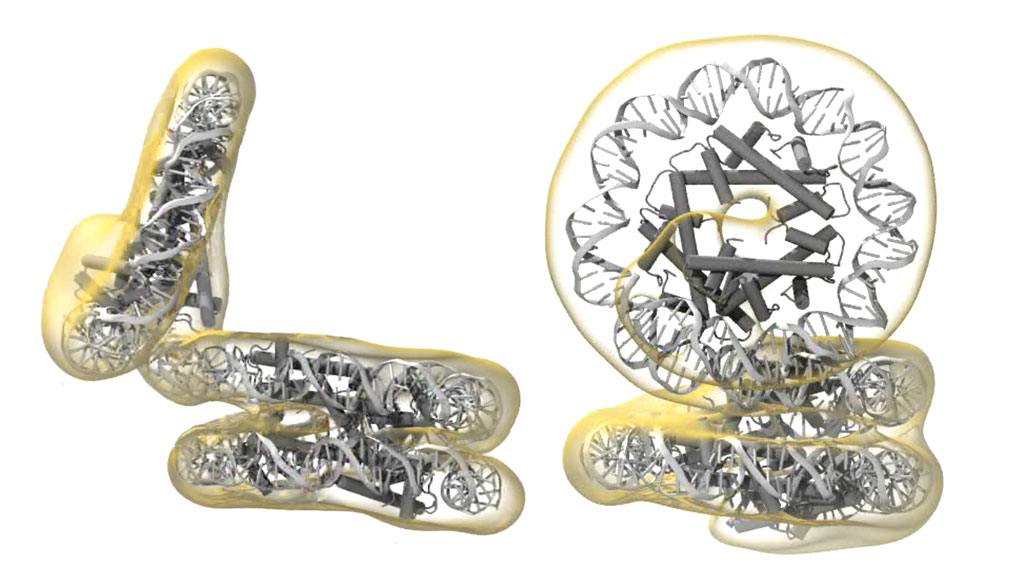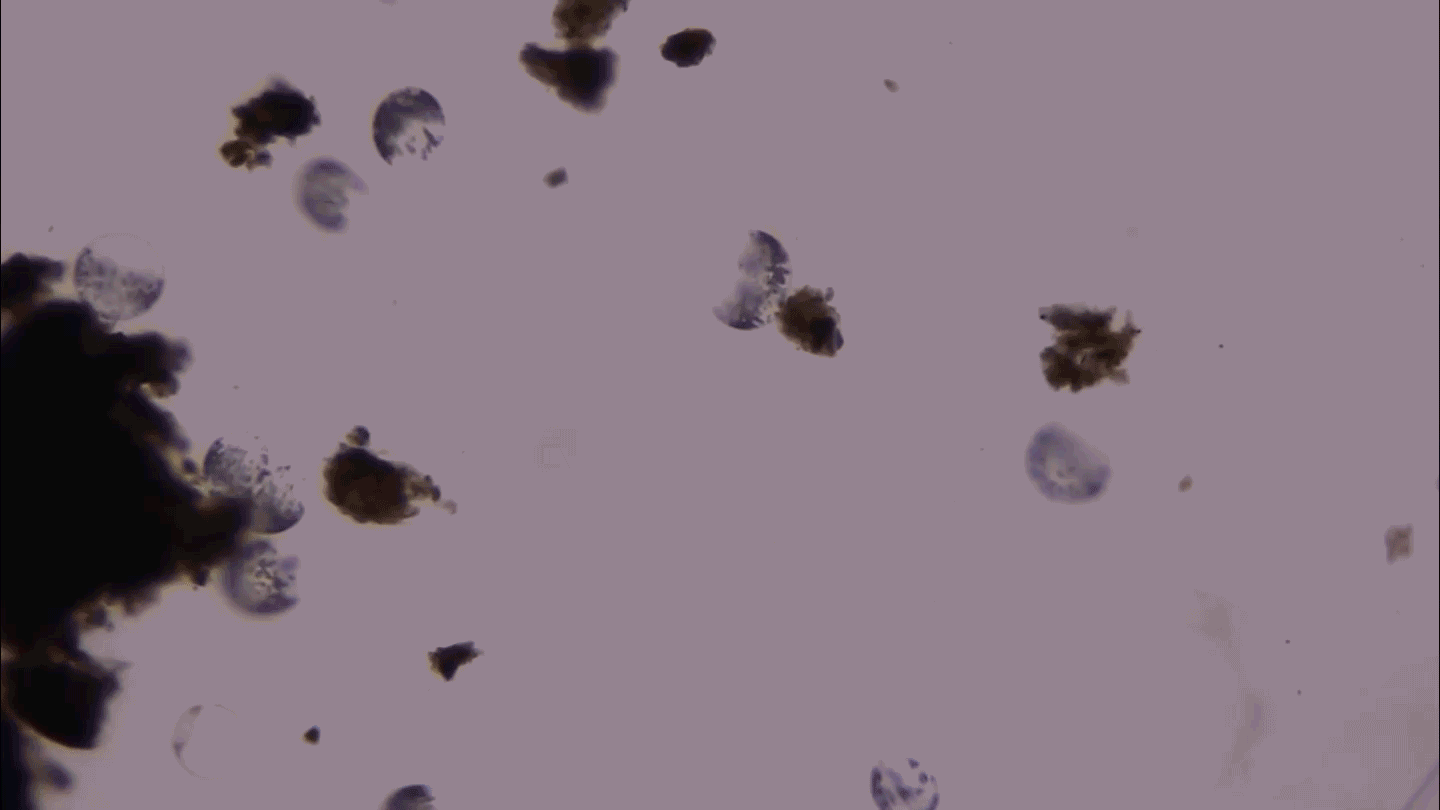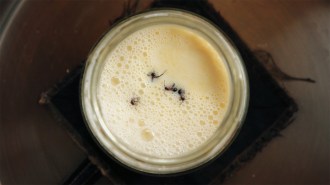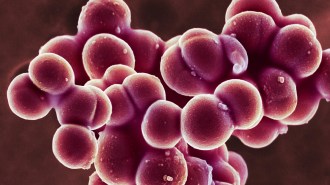Archaea microbes fold, twist and contort their DNA in extreme ways
The maneuvers could help these single-celled organisms get easy access to their genes

Archaeal DNA adopts the shape of an open Slinky-like structure (seen from two angles in these computer visualizations), which may make the microbes’ genetic material more accessible.
S. Bowerman et al/eLife 2021







